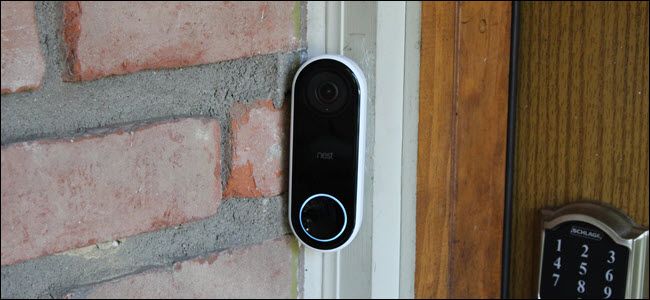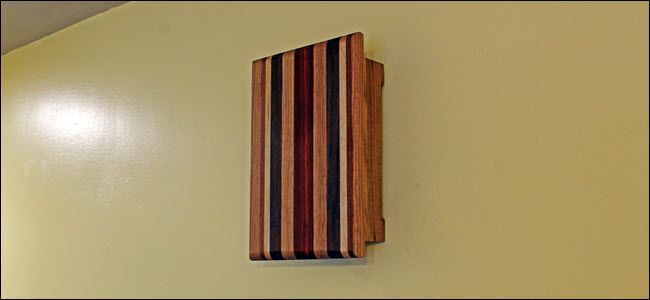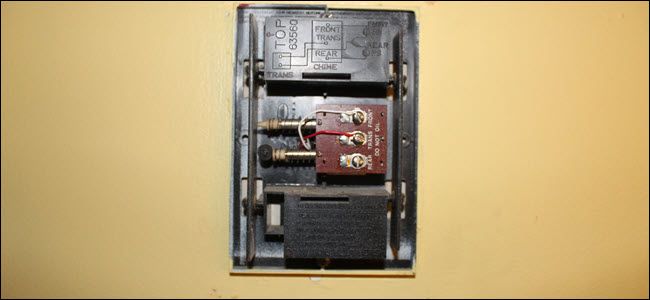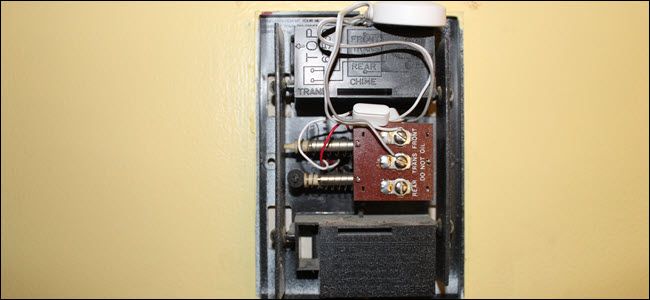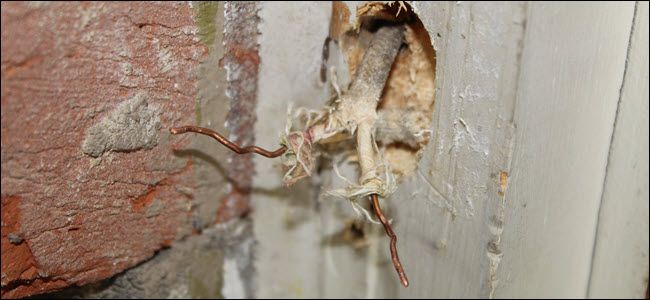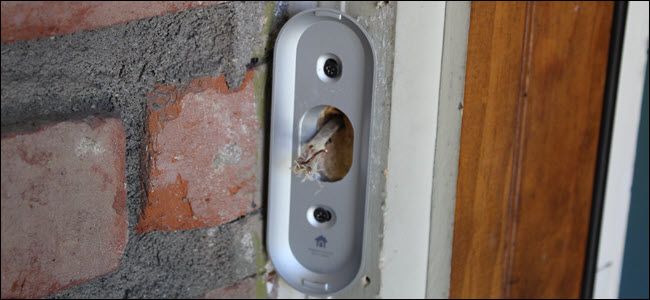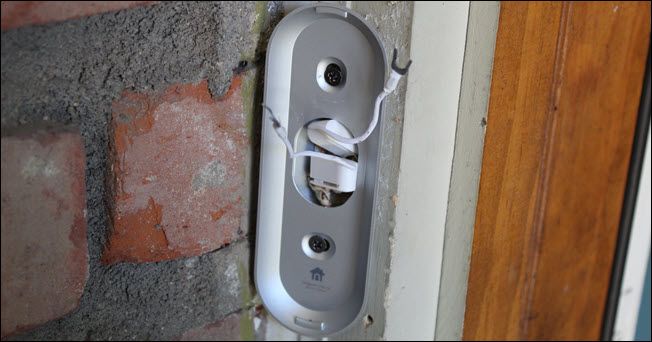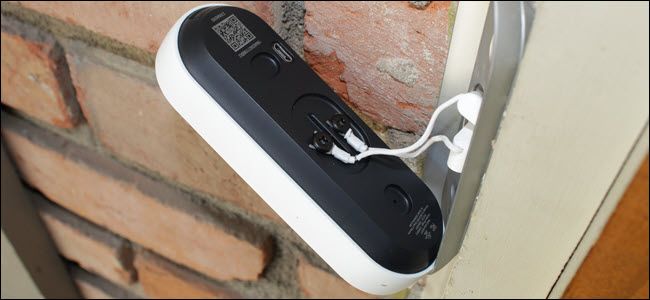A video doorbell is the best smarthome gadgets you can own. But, if you've never installed any doorbell before, the actual installation can feel a little daunting. It's a pretty easy installation process---we'll walk you through it.
The Basics
For this guide, we'll be installing a Nest Hello. Every video doorbell is different, but they share most of the same basic similarities. You'll need a screwdriver, a drill, pliers, and to shut power off if you are installing a wired doorbell. Some video doorbells can ring your home's chime, so you may need to find your chime box too.
You can pay a professional to install the doorbell for you, of course---but we'll show you how to do it yourself.
Turn off Power
If your video doorbell works with your home's wiring, the absolute first thing you should do is turn off the power in your circuit breaker box. If you aren't sure which breaker switch controls your doorbell, you can try switches that are close to your doorbell and close to the chime box. After you flip a breaker, try to ring your doorbell. When it's not working, you go the right one.
Find the Chimebox
If your video doorbell can ring your home's chime box, it typically comes with a box that wires to your chime to achieve that. First, find the chime box and remove it. Then look for two wires leading to screws marked "trans" (for transformer) and "front" (or "back" if this is a second doorbell).
Depending on your hardware, you'll do one of two things. With Nest Hello, you should remove the existing wires, attach them to the chime accessories cable slots, then wire in the two bare wires at the screws.
With other chime hardware, you'll remove the two wires from their chime terminals and twist them together with the video doorbell hardware's wires, then reconnect them back to the terminals.
Once you have the wires connected, tuck the hardware into any empty cavity space you can find. But make sure you don't interfere with the strikes that hit the metal bars to chime.
Replace your chime box cover and move to your doorbell.
Installing the Doorbell
To install your new video doorbell, you'll first need to remove the existing doorbell button. Typically, two screws hold a standard doorbell in place. Remove those, pull the button off the wall gently, then detach your home's wiring from the doorbell.
Gently pull on the wiring. If you can feel that it's possible to pull some additional wire out of the wall, carefully do so. Extra slack can be helpful in the upcoming steps.
The next step is to attach a mounting bracket to your home over the doorbell wiring. If your wiring is a corner, your doorbell may have come with an angle bracket to account for that. Attach it to the mounting bracket.
Next, the mounting bracket against the wall with the exposed doorbell wires running through it. Find the screw holes in the mounting bracket and mark them with a pencil. Remove the bracket and drill pilot holes in the spots you marked. Then put the mounting bracket back and screw it to your wall. If your doorbell is battery-powered and won't use the wiring, but wiring does exist, you should tape and cap them off to protect them from the elements. Then tuck them into the wall as tightly as you can.
Now that your bracket is in place, you'll need to attach your home's wiring to the video doorbell. Every manufacturer approaches this differently, but typically it involves some sort of bridge wiring that goes between your home's wires and the doorbell. In the case of Nest Hello, these are clamps similar to the Chime box. Those slip onto the home's wires until you feel a click. Then tuck the extra wire into the space behind the mounting bracket. If they won't fit, you may need to remove the mounting bracket and use a drill to create additional space.
Next, attach the bridge wiring to the video doorbell. For most doorbells, that's two terminals on the back. You may need to loop the wiring around them, or, as with the Nest Hello, it may be clamps that you slide under the screws.
Once you have everything connected, it's time to mount the doorbell into the mounting bracket. With the Nest Hello, you'll slide the top into place first and then push the bottom until you hear it snap into place. Other doorbells may require screws to connect them to the bracket. That will typically call for a security screw, and your doorbell likely came with the necessary screw.
Now turn the power back on and check on the doorbell. Typically it should light up right away to signify that it's ready to pair with the associated app. You may also want to test the button to see if it correctly rings your home's chime (if it can).
All that's left to do is download the app, such as Nest for Android or iOS, and walk through the setup process.
If the doorbell isn't working, then you should turn the power back off and check your wires on both the back doorbell and at the chime box for a good connection. If that doesn't help, contact your doorbell manufacturer for additional troubleshooting steps.
Once everything is working, you may want to consider setting up activity zones, so you aren't barraged with notifications when a car drives by. If you have a smart display like the Nest Hub or Echo Show, you may want to consider activating any skills that allow them to work with your doorbell.

